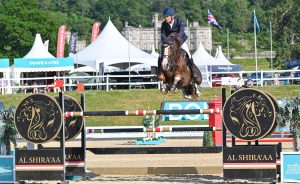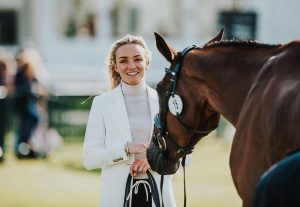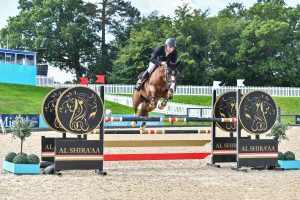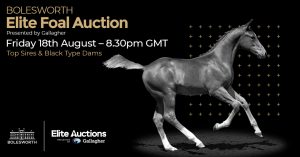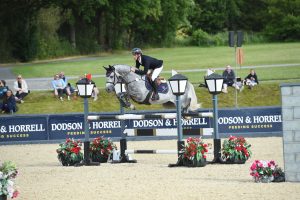What to look for in a well made head!
The ability to breathe deeply is critical to the success of a horse in any endeavor, so any conformation flaw that restricts breathing capacity is a fault across all breeds.
A horses head is proportional: the measurement from eye to eye is the same as the measurement from this line up to the top of the poll and the measurement from the same central point to the muzzle is 1 ½ times this measurement. Variations on this can occur because of breed types but generally speaking, like a human face, these are the ideals.
- Jaw size
The lower jaw should be clearly defined. The space between the two sides of the jawbone should be wide, with room for the larynx and muscle attachments. The width should be 7.2 cm, about the width of a fist.
The jaw is called narrow if the width is less than 7.2 cm.
The jaw is called large if it is greater than 7.2 cm. A large jaw gives head a false appearance of being short and adds weight to the head. Too large of a jaw can cause a reduction to the horse’s ability to flex at the poll to bring his head and neck into proper position for collection and to help balance.
- Muzzle
The muzzle should be well tapered, not coarse. Nostrils should be large and
able to flare to allow increased airflow in and out of the lungs. Mouth of the
horse should be such that the lips and front teeth meet evenly
- Jaw position
A parrot mouth is an overbite, where the upper jaw extends further out than the lower jaw. This can affect the horse’s ability to graze. Parrot mouth is common and can be managed with regular teeth floating by a veterinarian.
A monkey mouth, sow mouth, or bulldog mouth is an underbite, where the lower jaw extends further out than the upper jaw. This is less common than parrot mouth. This can affect the horse’s ability to graze. Monkey mouth is common and can be managed with regular teeth floating by a veterinarian.
- Throat latch
The ratio of the throat latch measurement in comparison to the length of the head is an important consideration. When looking at the horse’s neck is the ratio of the throatlatch to the length of the head. The throatlatch is measured from the poll to the windpipe and should be roughly half the length of the head as measured from the poll to the muzzle. If the throatlatch is longer and thicker than this, it restricts the horse from flexing at the poll. Horses with deep, coarse throatlatches can possibly have trouble breathing when asked to flex their head towards their chest.
- Forehead
A broad forehead provides increased sinus capacity, thus there is more room for air exchange through the air passages, and a large surface area for facial muscles that assist in opening the nostrils for good air flow. If the forehead is dished of looks dished it can indicate that vision may be restricted or that there is a dwarfism effect (particularly prevalent in miniature breeds).
- Eyes
The eyes should be large, bright, wide set and placed well to the outside of the head. They should be bright, clear and expressive with a good almond shape. Small or mis-set eyes will indicate a restriction to a horses sigh line. Often horses with piggy eyes are dubbed bad tempered or stubborn but this is more than likely due to not being able to see as well as others horses.
- Ears
Ears are often said to indicate personality so a lop eared horse is generally thought to indicate a laid back attitude, very small ears are thought to indicate a sharp horse. But just like any other part of a horses head the ears should be in proportion to the rest of the head and sit well on either side of the poll. Most ears will conform to the breed standard, The only consideration with ears, apart from if they work properly is their affect on the way a bridle sits on the head, ears which are set back or bulbous at their base may get rubbed by the bridle.

